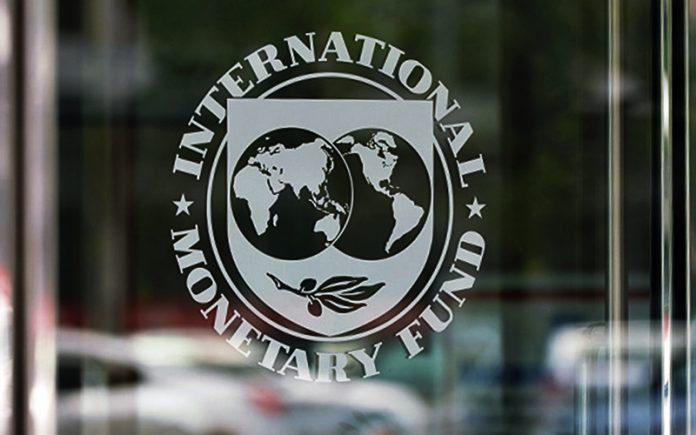At this time state governments are facing fiscal pressures due to incurring huge expenses on account of the pandemic and falling revenue collections. The International Monetary Fund (IMF) has advised states such as Tamil Nadu to build contingency reserves to meet unforeseen expenditure needs. IMF published a report on modernizing budget formulation and managing fiscal risks’ of Tamil Nadu, in which it said that a contingency reserve or planning margin could be established for new initiatives to provide flexibility. A Tamil Nadu Contingency Fund of ₹1.5 billion, or less than 0.1 percent of total expenditure, already exists in the budget. Although this fund may handle some limited unforeseen expenditure, it is not appropriate for meeting any large fund requirements that may be needed for substantial policy priorities that emerge during the fiscal year.
The IMF recommended that to have an adequate contingency reserve would need 2 percent or 3 percent of total expenditure. IMF suggested that rules of implementation should be carefully designed so that allocating the contingency reserves does not turn into an alternative budget preparation activity. A contingency reserve is used to meet any financial uncertainties, risks, or shortcomings in the current financial budget. The benefit of maintaining such a reserve is that urgent and unforeseen needs can be met without seeking additional fund requirements or having to cut spending elsewhere, which may lead to the accumulation of arrears.
The amount of the contingency reserve should not be as huge as to undermine budget discipline or so little as to be continuously exhausted part way through the year. In most countries, this size of the contingency reserve is between 1 percent and 3 percent of the total budgeted expenditure. Former chief statistician of India Pronab Sen said that State Disaster Response Fund (SDRF) at the state level and National Disaster Response Fund (NDRF) at the national level are essentially meant for such contingency expenditures.
The central government contributes 75 percent for general category states and 90 percent for special category states of the total yearly allocation in the form of a non-plan grant towards SDRFs. SDRFs are supposed to be used only for meeting the expenditure to provide immediate relief to the victims of tsunami, cyclone, drought, earthquake, fire, flood, avalanche, hailstorm, landslide, cloud burst and pest attack. NDRFs are to be used to assist states in providing immediate relief in case of severe calamities where the expenditure required is more than the balance in the state’s SDRF.

